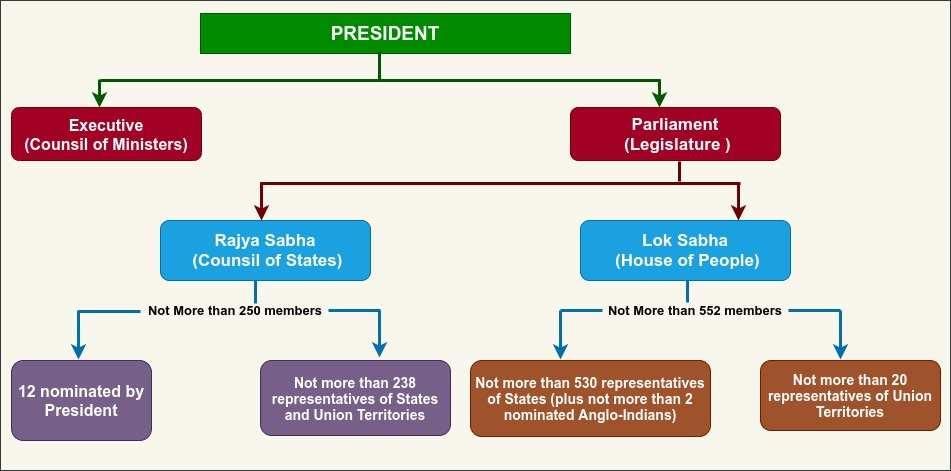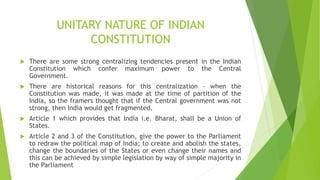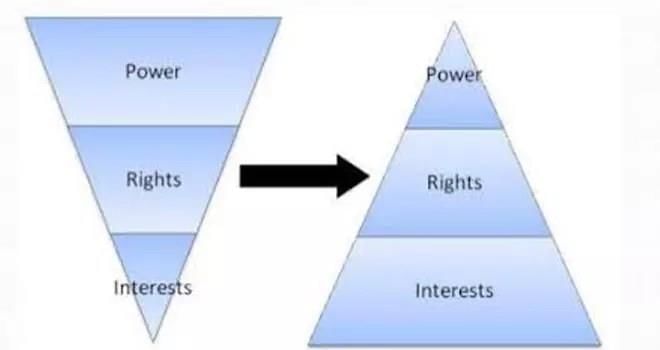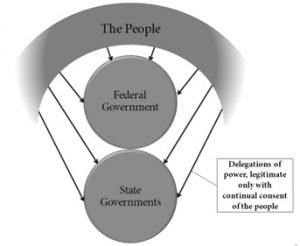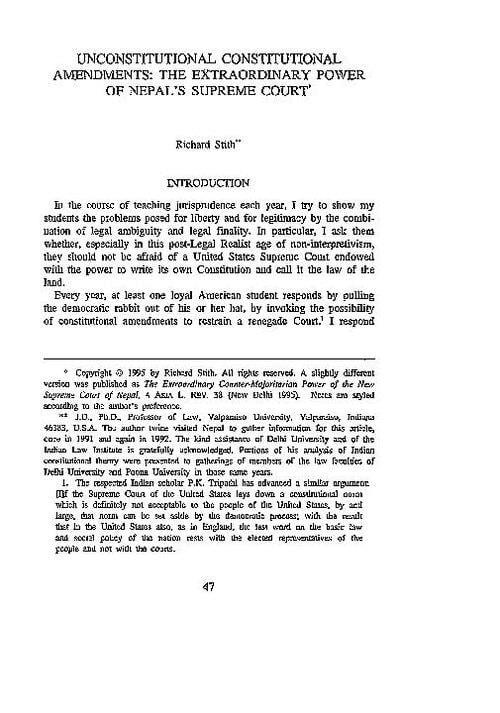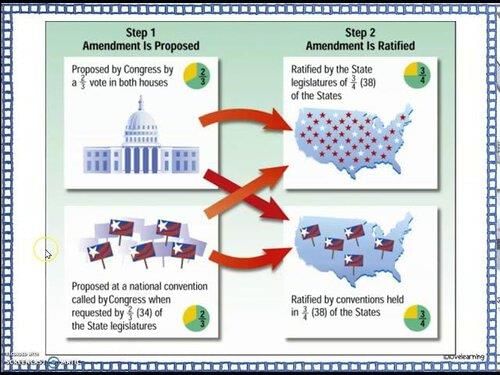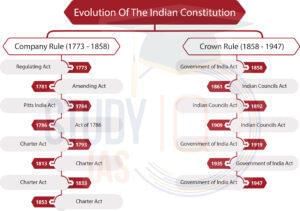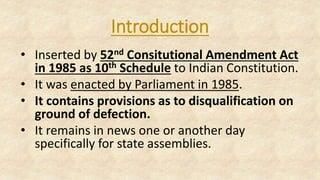|
Card: 2 / 50 |
It suggests that the Constitution is adaptable and evolves to meet the changing needs and values of society over time. 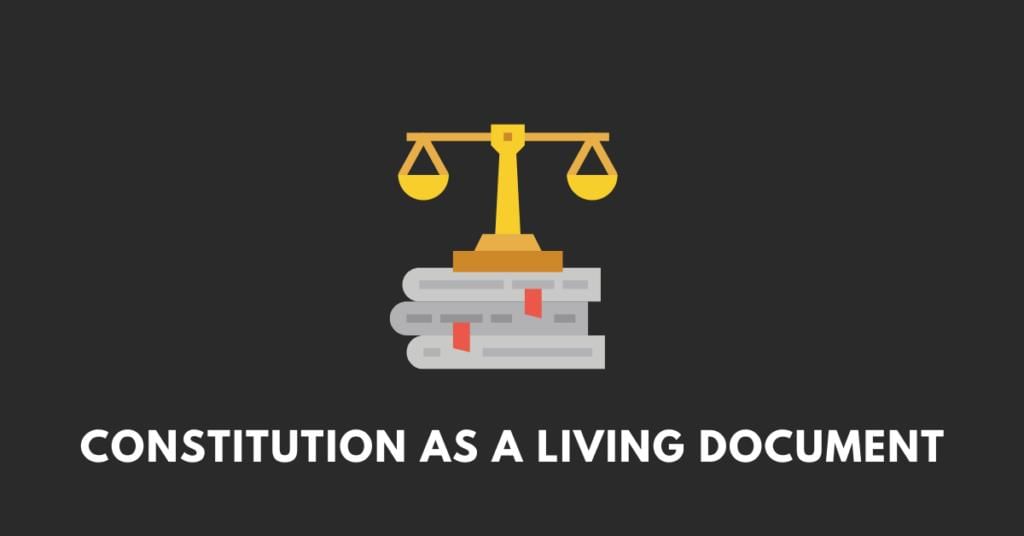 |
|
Card: 3 / 50 |
Fill in the blank: The Constitution of India was adopted on ___ and implemented on ___. |
|
Card: 5 / 50 |
True or False: The Indian Constitution is considered static and does not allow for any changes. |
|
Card: 6 / 50 |
False. The Indian Constitution is not static; it is subject to modifications to accommodate changing societal needs. 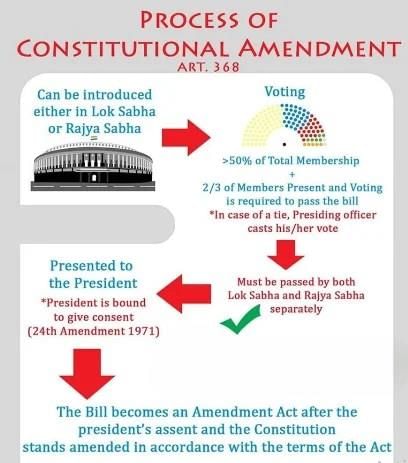 |
|
Card: 7 / 50 |
What essential characteristic allows the Indian Constitution to respond to new challenges? |
|
Card: 8 / 50 |
The flexibility of interpretations in its actual working enables the Constitution to adapt to new societal dynamics. 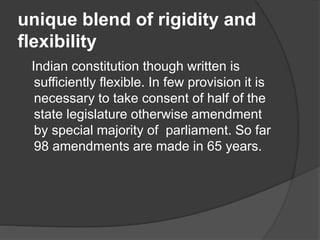 |
|
Card: 9 / 50 |
Riddle: I am a document that serves as a framework for governance, but I can change when society needs me to. What am I? |
|
Card: 12 / 50 |
To serve as a framework for future governance and to respond to future challenges. 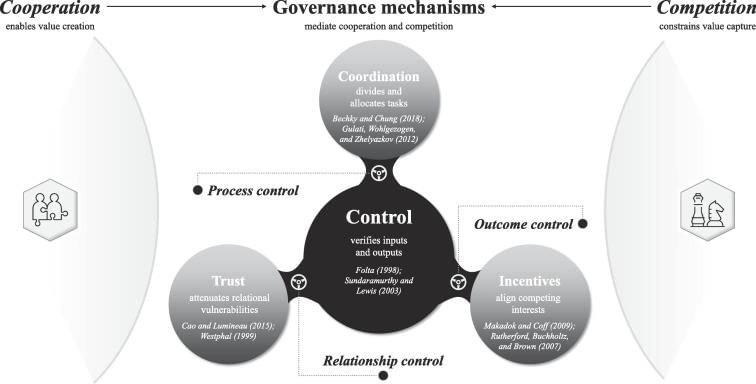 |
|
Card: 13 / 50 |
Fill in the blank: The Constitution provides a structure for ___ governance of society. |
|
Card: 15 / 50 |
Multiple Choice: Which statement best reflects the nature of the Indian Constitution? A) It is a fixed document. B) It is a sacred document that may require changes. C) It is outdated and irrelevant. D) It is only valid for the first generation. |
|
Card: 18 / 50 |
Article 368 grants the Parliament the power to amend, add, vary, or repeal any provision of the Constitution through its constituent power, following a prescribed procedure. 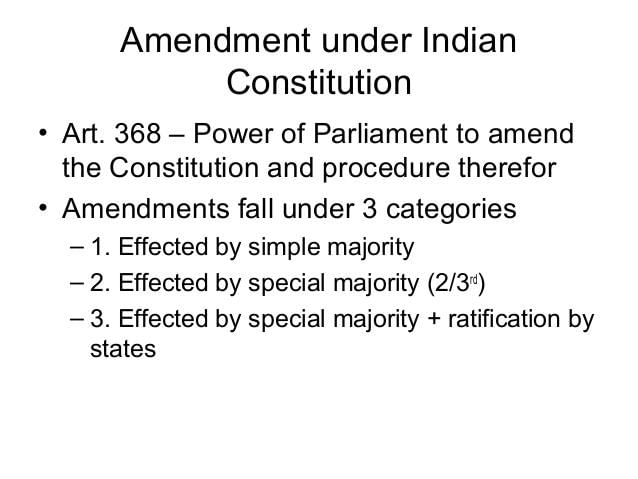 |
|
Card: 19 / 50 |
The Indian Constitution is described as ___, meaning it can accommodate changes, and ___, meaning it resists frequent alterations. |
|
Card: 21 / 50 |
True or False: The amendment process of the Constitution requires external bodies to oversee the changes. |
|
Card: 22 / 50 |
False. The amendment process is solely carried out by the Parliament without the need for any external agency. 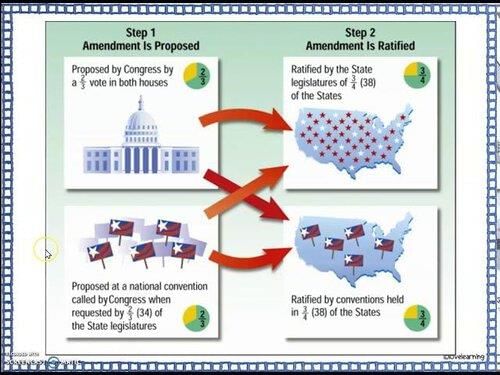 |
|
Card: 24 / 50 |
A special majority in the Parliament is required for any amendment to be passed. 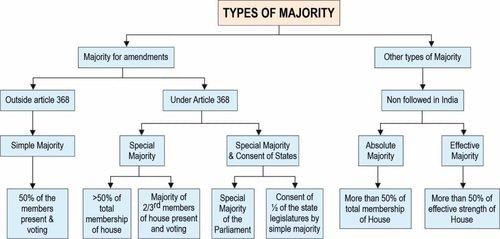 |
|
Card: 25 / 50 |
Riddle: I can be easily changed, yet my core stays the same. I protect rights and powers, but I am not a game. What am I? |
|
Card: 27 / 50 |
Fill in the blank: The powers and rights of the States cannot be altered without ___ consent. |
|
Card: 30 / 50 |
After the amendment bill is passed, it is sent to the President for assent, who cannot send it back for reconsideration. 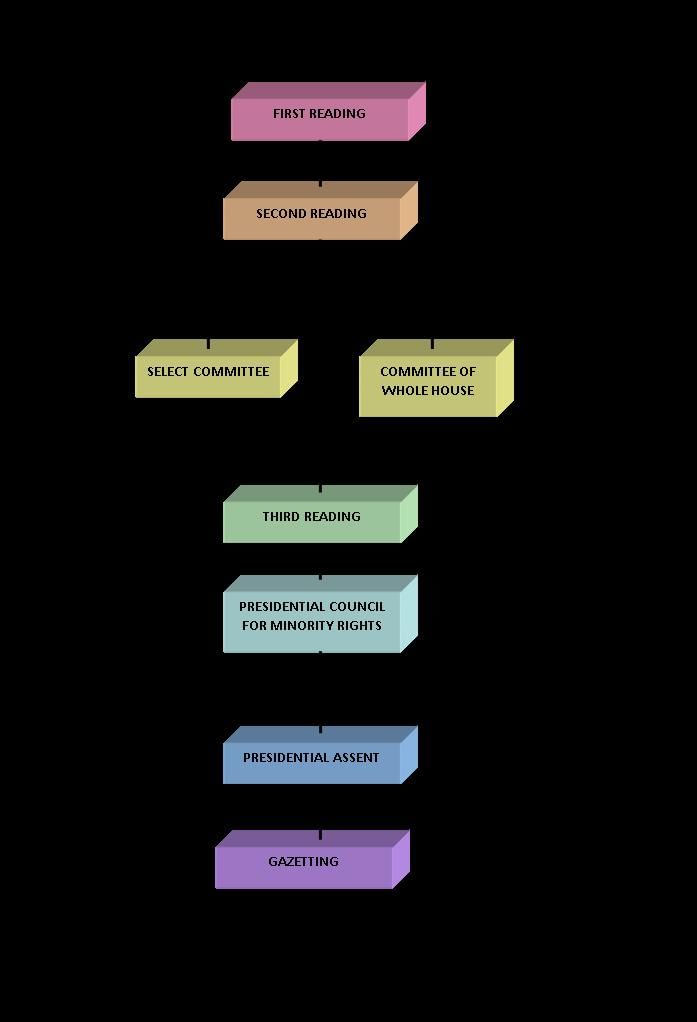 |
|
Card: 31 / 50 |
Fill in the blank: The Constitution should be amendable to rectify any ___ or ___ that may be discovered. |
|
Card: 33 / 50 |
What are the two types of special majorities required to amend the Constitution? |
|
Card: 34 / 50 |
The amendment bill must receive at least half of the total strength of the House and two-thirds of those participating in the voting. 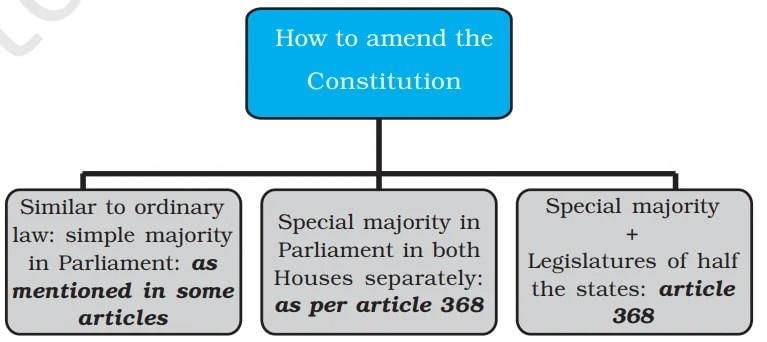 |
|
Card: 35 / 50 |
Fill in the blanks: To ensure amendments related to the distribution of powers between the central government and the states, the amendment bill must be passed by the legislatures of at least ___ of the states. |
|
Card: 37 / 50 |
True or False: A joint session of Parliament is permitted to pass an amendment bill. |
|
Card: 39 / 50 |
What fundamental principle underlies the amending process of the Indian Constitution? |
|
Card: 40 / 50 |
The amending process should have extensive support among political parties and parliamentarians. 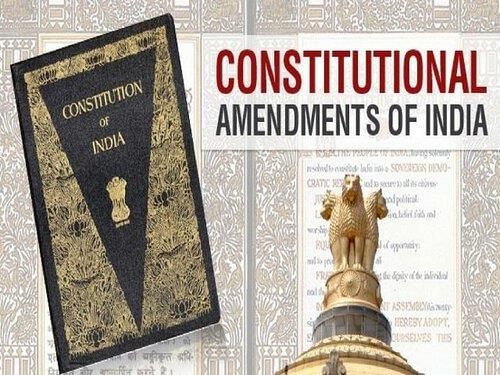 |
|
Card: 41 / 50 |
Riddle: I change with time and politics, sometimes seen as too flexible. I have been altered 93 times within 55 years. What am I? |
|
Card: 44 / 50 |
There have been frequent amendments due to political considerations and the need to adapt to changing political circumstances and societal needs. 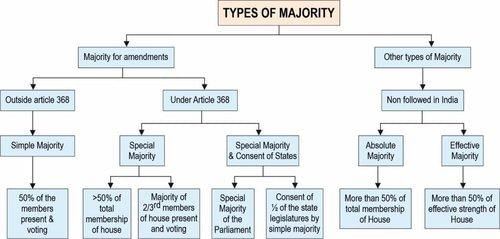 |
|
Card: 45 / 50 |
Fill in the blank: The anti-defection amendment is known as the ___ amendment. |
|
Card: 48 / 50 |
They were introduced to enhance and clarify the scope of local self-governance in rural and urban areas.  |
|
Card: 49 / 50 |
What is the significance of the Kesavananda Bharati case in relation to the Indian Constitution? |
|
Card: 50 / 50 |
The Kesavananda Bharati case established that no amendment can violate the fundamental structure of the Constitution, thereby limiting the Parliament's authority to alter certain key principles of the Constitution. |




